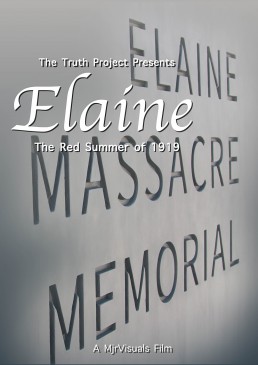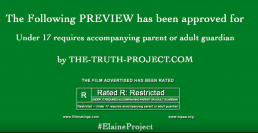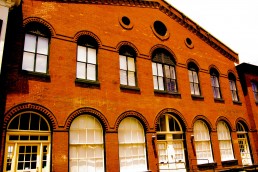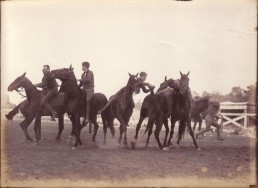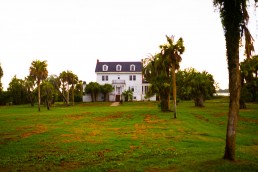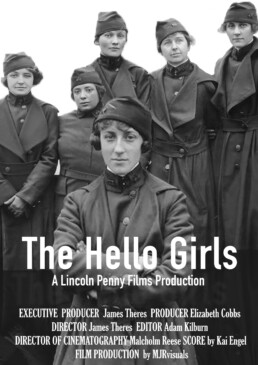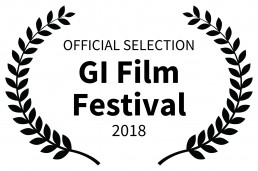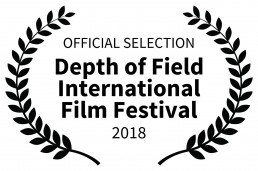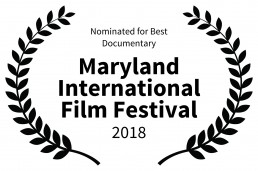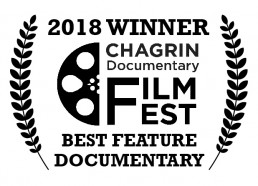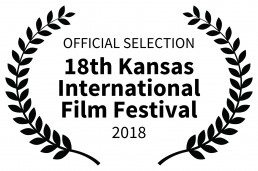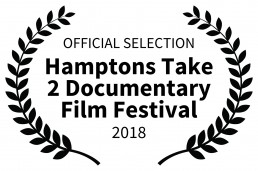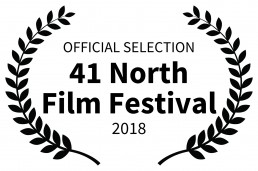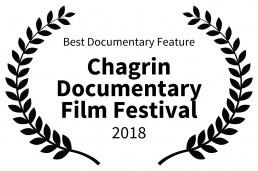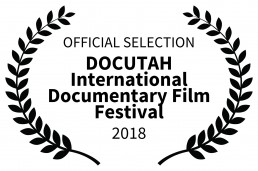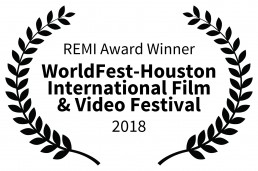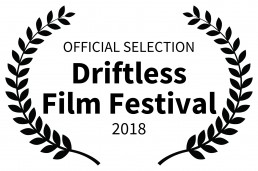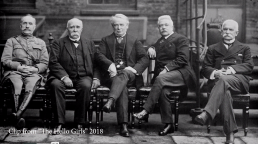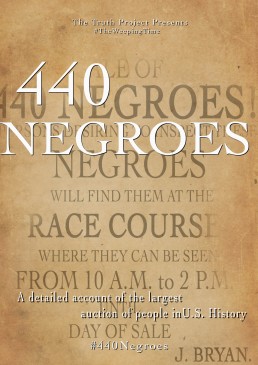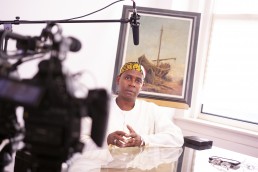The Hidden Dangers of Relying on AI in Video Production
AI has undeniably revolutionized video production, offering faster workflows and smarter tools. But with great power comes great responsibility—especially for those just starting their journey in the industry. While AI makes video production more accessible, it also carries risks, particularly for new creators who may skip learning the fundamentals.
One of the biggest dangers lies in over-reliance. AI can automate tasks like editing, color correction, and even scriptwriting, but it doesn’t replace the need for a solid foundation in video production principles. Tools can fail, and creative judgment is still irreplaceable. For example, an AI might automatically adjust lighting levels, but without an understanding of composition and contrast, a producer might not realize when those adjustments detract from the story.
Another risk is homogeneity. AI relies on algorithms and data, which can lead to outputs that feel formulaic or lack creative nuance. New creators who depend heavily on AI may find themselves producing work that looks polished but lacks originality—a critical issue in a competitive field.
There’s also the issue of problem-solving. Seasoned professionals know that production rarely goes as planned. Cameras fail, audio gets corrupted, and footage needs salvaging. While AI tools can assist in these situations, they often lack the flexibility of human ingenuity. A creator unfamiliar with basic troubleshooting could find themselves stuck when the AI falls short.
For new video producers, AI should be a tool, not a crutch. Learn the basics—camera settings, storyboarding, lighting, and editing—before leaning heavily on AI. It’s the combination of foundational knowledge and cutting-edge tools that produces exceptional results.
AI is here to stay, but the key to mastering it lies in blending innovation with expertise. What do you think? Is AI helping or hurting new video creators?
How AI is Revolutionizing Video Production Workflows
In the ever-evolving world of video production, time is everything. Deadlines are tighter, expectations are higher, and budgets often demand the impossible. Enter AI—a game-changer that’s simplifying workflows and cutting down turnaround times like never before.
From automatic color grading to AI-powered video editing, these tools are no longer just nice-to-have; they’re quickly becoming essential. AI can analyze hours of footage and recommend the best clips in minutes, a task that would otherwise take hours or even days. Need captions? AI can generate them instantly. Want to add a voice-over? Text-to-speech tools are now capable of creating natural-sounding narrations on demand.
What makes AI truly remarkable is how it removes the most time-consuming steps from the production process. For instance, scene detection algorithms can automate the process of cutting long clips into manageable segments, while AI-generated storyboards allow producers to visualize their projects before filming even begins. The result? Faster, more efficient workflows that free up creators to focus on what matters most: telling compelling stories.
But it’s not just about speed—it’s about precision. AI tools reduce human error and provide consistent quality, making post-production smoother than ever before. For small teams and solo creators, AI levels the playing field, allowing them to deliver professional-grade content without the need for extensive resources.
The future of video production is here, and it’s powered by AI. For seasoned professionals and newcomers alike, these tools offer a chance to spend less time on tedious tasks and more time crafting impactful visuals.
How have AI tools streamlined your video production process?
"Enhancing Engagement: The Importance of Video Production for Conferences"
In the modern age of digital communication, conferences have evolved beyond traditional in-person gatherings to include virtual and hybrid formats. Video production plays a crucial role in enhancing the overall conference experience, regardless of whether it’s held in-person or online.
Here's why:
First, video content drives engagement: Incorporating video elements into conferences, such as pre-recorded presentations, live streams, and promotional videos, helps capture attendees’ attention and maintain their interest throughout the event. Video content is visually engaging and can convey complex information in a digestible format, effectively communicating key messages and ideas.
Second, video content helps expand reach and accessibility: Video production allows conferences to reach a wider audience by offering virtual attendance options. This enables individuals who cannot travel to participate remotely, increasing inclusivity and accessibility. Moreover, recorded conference sessions can be archived and made available for on-demand viewing, extending the event’s lifespan and reaching even more viewers over time.
Third, video content helps enhance speaker presentations: Video production enables speakers to deliver more dynamic and visually compelling presentations. From incorporating multimedia elements like slideshows and animations to utilizing professional filming and editing techniques, video production enhances the quality and impact of speaker presentations, ensuring that content resonates with attendees long after the conference ends.
Fourth, video content helps create lasting impressions: Well-produced video content leaves a lasting impression on conference attendees, reinforcing key messages and branding long after the event concludes. Whether it’s recap videos highlighting memorable moments, testimonials from satisfied participants, or promotional videos for future events, video production helps cultivate a positive association with the conference and its organizers.
In summary, video production is essential for conferences seeking to enhance engagement, expand reach, and create lasting impressions on attendees. By incorporating video elements into conference programming, organizers can elevate the overall conference experience, deliver impactful content, and maximize the event’s impact both during and after the event.
The Elaine Massacre Documentary
© 2025 MJRvisuals. All rights reserved
September 1919, Elaine Arkansas, five whites and an estimated 200 blacks were killed in the deadliest racial confrontation in Arkansas history and possibly the bloodiest ethnic conflict, post-civil war, in the history of the United States.
In the early 1900s, blacks were chasing their part of the American Dream. As US citizens, they were promised the opportunity of life, liberty, and the pursuit of happiness. With the Northern migration, blacks were searching for a way to obtain these rights that seemingly were god-given, society promised by our constitution, but in actuality impossible to achieve.
In Elaine Arkansas Blacks were Sharecroppers, Sharecroppers were a tenant farmer who gives a part of each crop as rent; with the hopes of one day owning the land they worked. During the planting season of 1919, the price of crops were some of the highest it had been in a generation. The black sharecroppers were aware of the unfair practices of the white landowners; this year, they would ensure that their voices would be heard, and they would receive a fair dollar settlement for the corps they provided through unionization. When the local white landowners heard about the organization and formation of the Union by their sharecroppers, they wanted to ensure that even though this organization for fairness began, it would not continue….
INTERVIEWEES FOR THE FILM
David Krugler
Author of “1919, The Year of Racial Violence” & Professor of History at University of Wisconsin,
Shelia Walker
The descendant of Albert Giles
Robert Whitaker
Author of “On the Laps of Gods” and Journalist
LTC Malcholm Reese U.S. Army (Ret.)
Historian & Resident of Helena
Chester Johnson
Historian & Descendant
Patrick Garland
Historian & Scholar
Kyle Monroe
Resident of Elaine
3D Modeling and Motion Animation
© 2025 MJRvisuals. All rights reserved
About a week ago, I was asked if I knew how to do graphic animation. The conversation was about me providing editing services, and with those editing services, they wanted words on the screen, nothing fancy, just a fade in and a fade-out. I told them, of course, I knew how to provide that service, at which point I was asked to show an example.
Rewind to about eight years ago, if you didn’t know, I am a completely self-taught videographer, video editor, and graphic designer. I remember countless nights of staying up and just modeling to learn how to correctly shape, model, and mold. I, of course, know and use motion graphics and word text, but can also do Maya and Cinema 4D.
If you look at the things posted on my site both personal and business, I have a love of everything automotive; thus I post a lot of automotive projects, but I love the consistent progression in work and style and the continuation of growth in the art.
Recent Posts
- How AI is Changing Social Media Marketing for Businesses
- Balancing AI Innovation and Timeless Tools in a Rapidly Changing Industry
- Unleashing Creativity with AI: Enhancing Storytelling, Not Replacing It
- The Hidden Dangers of Relying on AI in Video Production
- How AI is Revolutionizing Video Production Workflows
The Hello Girls Documentary (2018)
© 2025 MJRvisuals. All rights reserved
About “The Hello Girls”
This documentary features rare 100-year old film footage of America’s first female soldiers courtesy of the National Archives and never-before-seen photos from family archives.
In 1918, the U.S. Army Signal Corps sent 223 women to France as telephone operators to help win the Great War. They swore Army oaths, wore uniforms, held rank, and were subject to military justice. By war’s end, they had connected over 26 million calls and were recognized by General John J. Pershing for their service. When they returned home, the U.S. government told them they were never soldiers. For 60 years, they fought their own government for recognition. In 1977, with the help of Sen. Barry Goldwater and Congresswoman Lindy Boggs, they won. Unfortunately, only a handful were still alive.
Thoughts on the Film
In the Summer of 2018, I was contacted by a local Producer, Jim Theres, he stated that he was interested in doing a documentary on World War 1 and that he was looking for a production house. Honestly, at the time, I hadn’t filmed a Hollywood level documentary completely, I had shot parts of two films called Innovative Technologies (1 & 2) that aired on HBO, but he was looking for the complete film production of a feature.
When it comes to telling a story, I have my own particular style of filming and camera movement, and i remember during the production of this film, I not only learned a lot but also my style of filming and camera production was vindicated with the 30 or so awards this film took home.
One final thought; the meeting and learning of history through people that lived that history. If you have never noticed when a person tells a story they lived and one that was so profound, they lose themselves in the story as if they are back in that time and space. Watching this story unfold through the families that lived it was an honor as this film, I believe, does them justice and tells their story to future generations. I can’t thank the participants enough to allow us to tell this amazing story
Recent Posts
- How AI is Changing Social Media Marketing for Businesses December 28, 2024
- Balancing AI Innovation and Timeless Tools in a Rapidly Changing Industry December 16, 2024
- Unleashing Creativity with AI: Enhancing Storytelling, Not Replacing It December 15, 2024
The Documentary "440 Negroes"
Press Release
440 Negroes – one event seemingly the epicenter of inequality and injustice in America.
440 Negroes is a documentary film that tells the story of a series of events in US history that prompted the current social norm of injustice, disparity, and inequality. Directed by Malcholm Reese in association with MjrVisuals and Lincoln Penny Films.
The documentary film focuses around “the weeping time” and Savannah Ga with interviews of specialists that describe the forgotten historical facts while relating those facts to present-day America. Interviewees include Kristopher Monroe; Vice-Chair Savanah-Chatham County Historic Commission / Author “The Weeping Time” -the Atlantic, Shannon Browning-Mullis; Curator Telfair Museum, Otis Johnson; Mayor City of Savannah Ga., Dr. Amir Jamal Toure; Professor Southern History, Savannah University, Patrik Garland esq, James Jordan; Author and Historian.
440 Negroes is the detailed account of the people who were sold on March 2-3, 1859, their families cruelly separated forever. In some cases, babies ripped from the arms of their mothers, as told by the eyewitness account of New York Times journalist, Mortimer Thomson, who wrote under the pseudonym Q. K. Philander Doesticks. As I dove deeper into the story, I learned that the sad plight of these 440 people was much larger. Their story begins with the founding of the country, the grandfather of Pierce Butler, who insisted that a specific clause concerning fugitive slaves was inserted into the Constitution. Then after the Civil War, freedom spawned new hope for the four million in the South.
“By the law of war and the order of the President of the United States, the negro is free and he shall be treated as such.” To assist the free persons, General William Tecumseh Sherman issued Special Field Orders No. 15, a promise made by the United States government for agrarian reform to aid formerly enslaved black farmers. “40 Acres and a Mule” was a phrase echoed throughout the South asserting the right of newly freed African Americans to redistributed lands, particularly those plantations where they were enslaved. By the 1870s, blacks had abandoned hope of federal land redistribution and the phrase “40 acres and a mule” came to symbolize that broken promise. In Savannah, and all through the South, economic justice for African Americans was lost.




